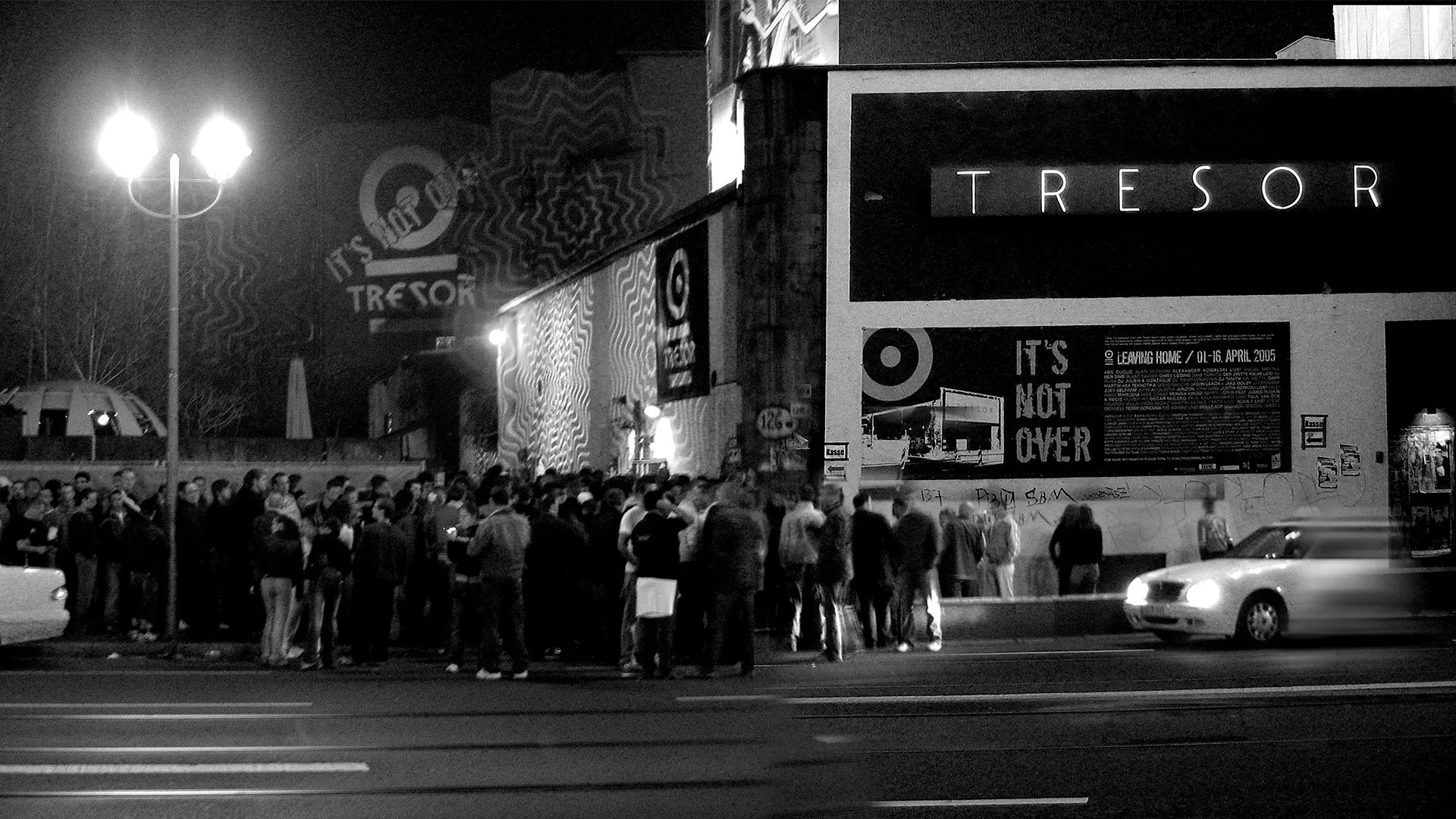Fueled by a thirst for freedom, young people in the once-divided city’s abandoned warehouses and squats ignited a cultural revolution that has now been recognized by The Nationwide Inventory of Intangible Cultural Heritage which living cultural traditions and expressions are practiced and transmitted in Germany. It recognizes “creative and diverse cultural expressions and their wealth of traditional knowledge,” the German Commission for UNESCO’s website states.

The pounding bass lines and pulsing synths of techno music weren’t just entertainment for Berlin’s youth in the years following the fall of the Berlin Wall in 1989. This electronic music style became the city’s soundtrack of liberation, a sonic expression of a society yearning for a fresh start. Decades later, that transformative power of techno has been officially recognized by UNESCO, inscribing it on the German national Registry of Intangible Cultural Heritage.
This recognition is more than just a symbolic pat on the back. It’s a lifeline for a scene facing the threat of rising rents and a “clubbing crisis.” Dimitri Hegemann, a key figure in Berlin’s techno scene since reunification, remembers the electric atmosphere of those early days. “When the Wall came down,” he told the BBC, “everybody was open for something new.” Hegemann went on to found Tresor, a now-legendary techno club housed in the echoing vault of a former East Berlin department store. He, along with countless other musicians and activists like him, spent years lobbying for recognition.

For Claudia Roth, Germany’s Minister of State for Culture, the decision was a no-brainer. “For more than 30 years, techno has been an important sound of our capital,” she stated, “standing for values such as diversity, respect and cosmopolitanism.” This recognition cements techno’s place as a vital thread in the rich tapestry of German culture.
But what exactly does experiencing Berlin’s techno scene entail? For the adventurous clubber, there are iconic venues like Berghain, a former power plant with an atmosphere as intense as its music. Tresor, of course, beckons with its historic location and cutting-edge sounds. For those seeking a more inclusive vibe, there’s a hybrid techno club and cultural center. Ritter Butzke, a three-story former factory, offers a smorgasbord of dance floors catering to various musical tastes.

This designation is the culmination of decades of dedication by artists, club owners, and organizations like Rave The Planet. For them, techno wasn’t just music; it was a catalyst for transformation. The abandoned warehouses and squats of a divided city became vibrant spaces for late-night raves, fostering a sense of community and a platform for artistic expression. This spirit of creativity spilled beyond the club walls, giving birth to art galleries, events, and even restaurants that populated the city’s once-dilapidated spaces.
“This movement has changed the DNA of Berlin,” Hegemann declares. He credits the techno scene with fostering a unique brand of grassroots entrepreneurship, with people leaving the clubs at dawn with dreams of starting their own businesses. These clubs became cultural institutions, attracting a global audience seeking the open-minded and inclusive environment that Berlin embodies.
The recognition goes beyond mere prestige. It provides much-needed financial support and legal protections for clubs struggling with rising costs. The pandemic dealt a heavy blow to the scene, and factors like high rents threaten the existence of these cultural cornerstones.
Berlin’s techno heartbeat, once a symbol of liberation for a divided city, now pulses with the potential to inspire a global movement of creativity and inclusivity.
“We think that people everywhere may want to do something [like this] in their own communities. If the politicians take it more seriously, important that decision-makers say, ‘You are our future, we’ll give you the space,’ so that young creatives can develop something that could help their community.”
Dimitri Hegemann
How Berlin became the capital for clubbing, techno and raving watch below.
In this episode of History Stories from DW, explore the roots of Berlin’s techno scene. Why did Berliners adopted the genre as the perfect soundtrack to the fall of the wall as abandoned bunkers, power plants and factories in the east of the city swarmed with clubbers from both sides celebrating their freedom. World-renowned DJs including Paul Van Dyk and Ellen Allien, nightclub owners and festival organisers tell how Techno became the sound of Berlin.

Leave a Reply